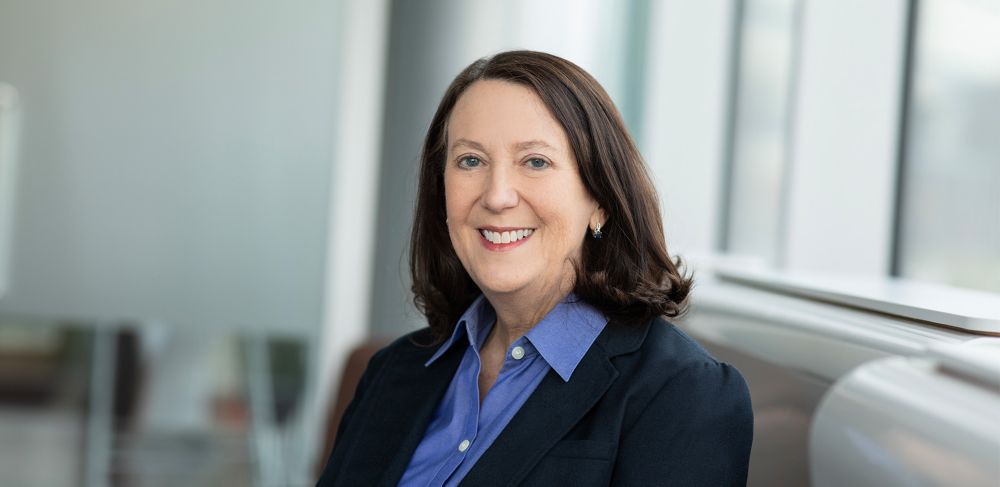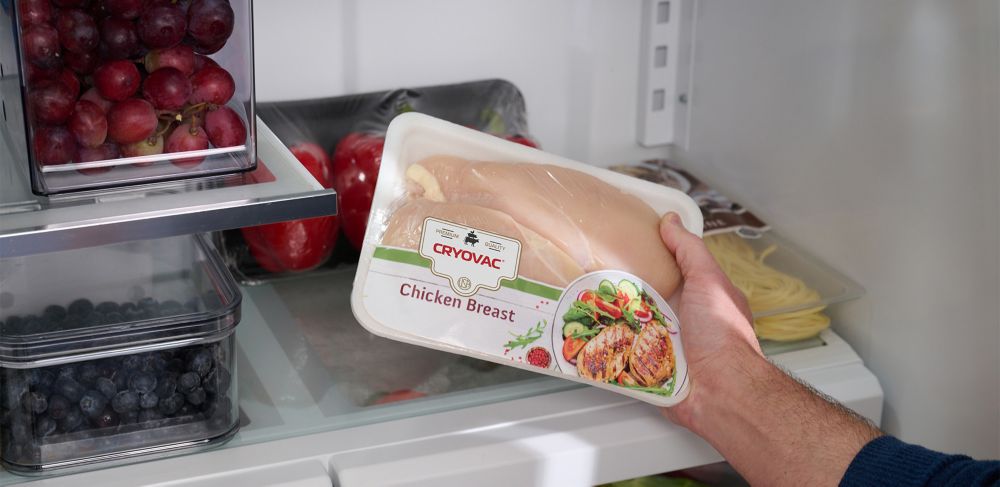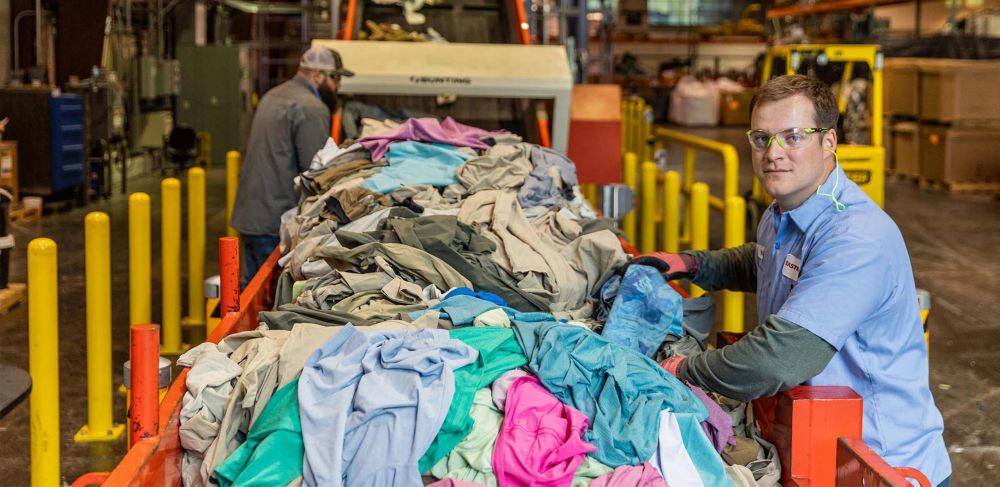- Circular economy
- Climate
- Conferences
- Innovation
- Partnerships
- Plastics
- Recycling
- Sustainability
- Corporate responsibility
When it comes to recycling, industry leaders agree society is stuck in the 8-track era. But a rush of new technology and a push to increase awareness may soon bring recycling into the modern age.
Eastman sustainability leaders joined industry peers in June as part of GreenBiz Circularity 23 in Seattle. One session focused on collaboration among companies and the public to create a circular economy.
That circle isn’t complete at the moment. Only about 9% of the 270 million tons of plastic waste generated each year gets recycled, according to the Suzanne Shelton, president and CEO of The Shelton Group, a Knoxville-based communications firm. Several factors play into that, she said; among them is a lack of understanding of what goes into the products people use. A video game console, for example, has dozens of plastics, metals and other elements that could be recycled once the game’s over.
“Waste sounds like it has no value,” Shelton said. “It isn’t waste. It’s feedstock for the next thing you need.”
Patrick Gaule, sustainability lead for Microsoft/Xbox, concurred. “When we look at metals and things, there’s a value to it,” he said. “I think plastic has this cheap value for some reason, even though it can do magnificent things.”
The range of items that can be recycled is expanding, said David Blaine, a sustainability manager with Eastman. That’s because of advancements like Eastman’s molecular recycling, which processes hard-to-recycle waste at the molecular level so that the molecules can be used to make new materials — a process that can be repeated infinitely. Molecular recycling complements mechanical recycling, which chops materials up to be made into the same or a similar product.
While the capacity is growing, the sourcing is still lacking. Part of that challenge is the infrastructure for collecting items — and disassembling them when necessary — so they can be recycled more efficiently.
“You don’t put your car in the recycling bin,” Blaine said. “So that infrastructure and getting that volume of material — it’s challenging.”
Incentivizing recycling could help complete the circle, according to Kari Bliss, principal of sustainability at Michigan-based industrial recycling firm PADNOS. Her company pays people to bring items in for recycling, which encourages people to divert some items from the landfill — including the nearly 2,000 cars PADNOS processes each day.
But leaving the process to others may not be enough, Blaine said.
“You can incentivize all you want,” Blaine said. “You’re still not going to get everyone to take part. You do need some regulations to require things to be returned. Get everyone in the process to buy in and take part. Have brands be responsible for creating a method to bring or take products back.”
While companies need to get together, consumers also must do their part, Shelton said. But companies can help boost participation on the customer end through education. Reversing consumer doubt can go a long way. Around one-third of Americans doubt the items they recycle get reused, a number that’s doubled the past five years.
“Most people want to do the right thing. Nobody feels good putting plastic into the ground. That’s why we get all that ‘wishful-cycling’ that happens,” said Bliss, acknowledging that some consumers recycle even knowing the material will be landfilled. “People need to see it. They need to understand what that (recycled) material will become when it grows up.”





